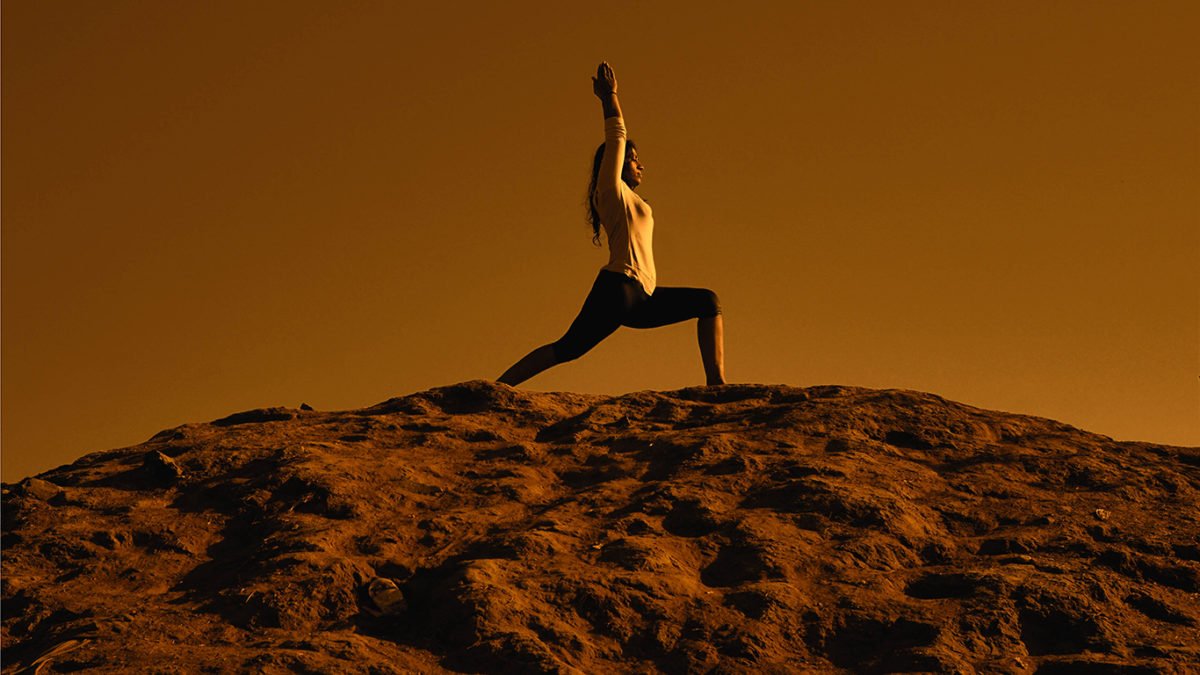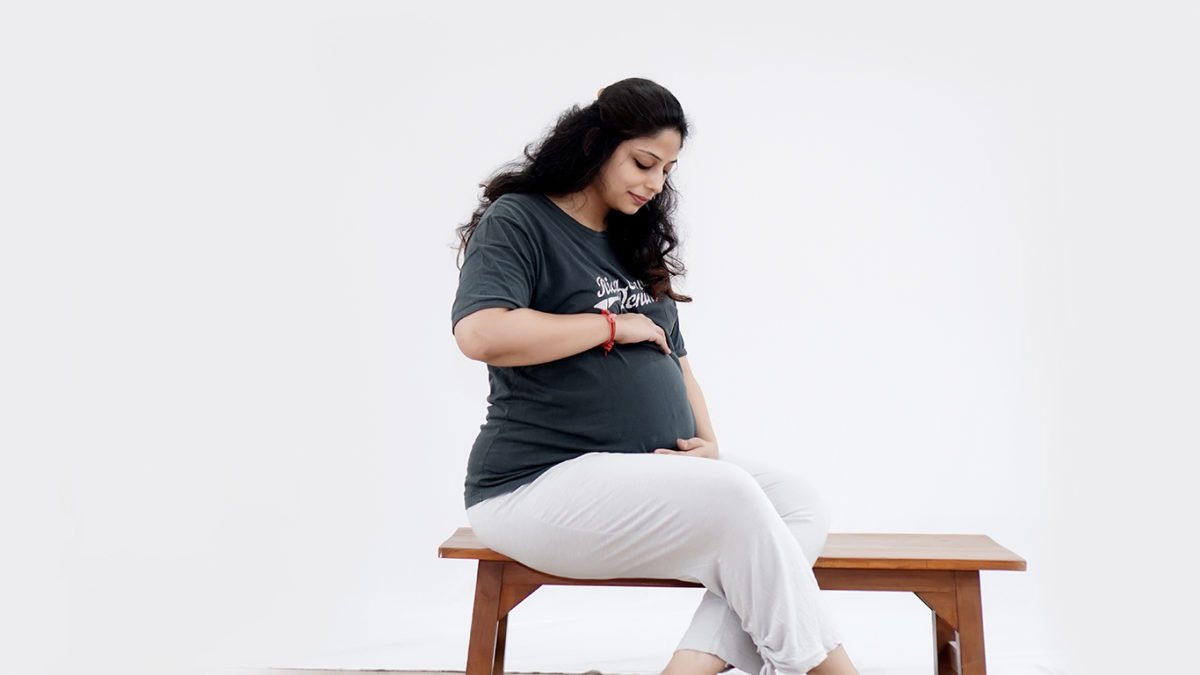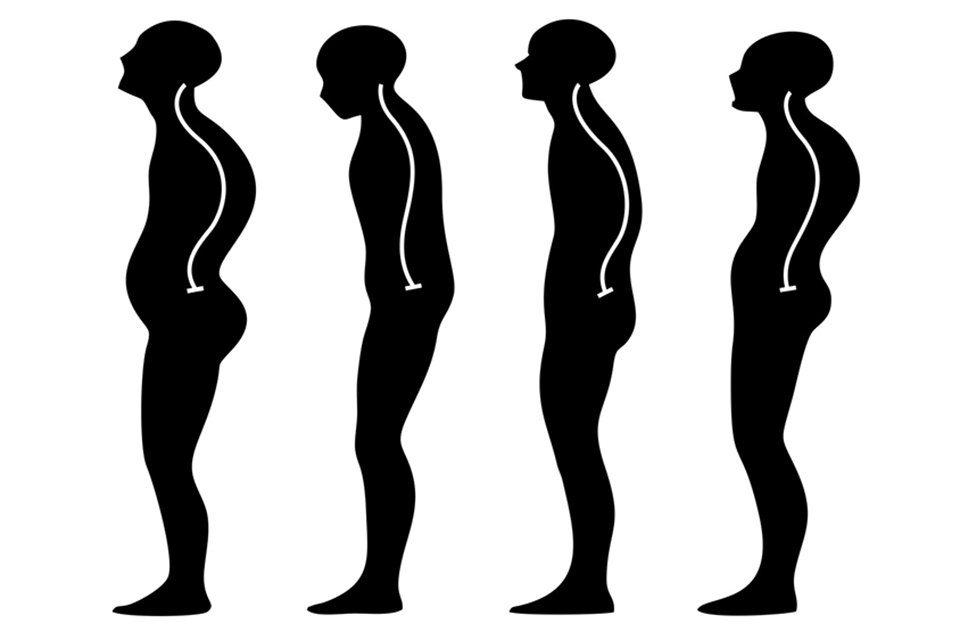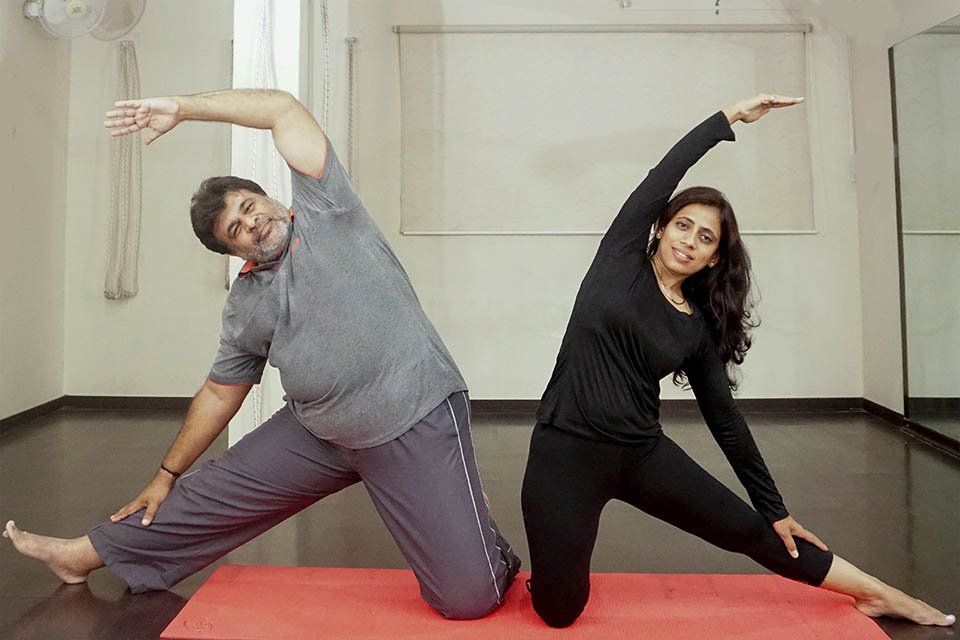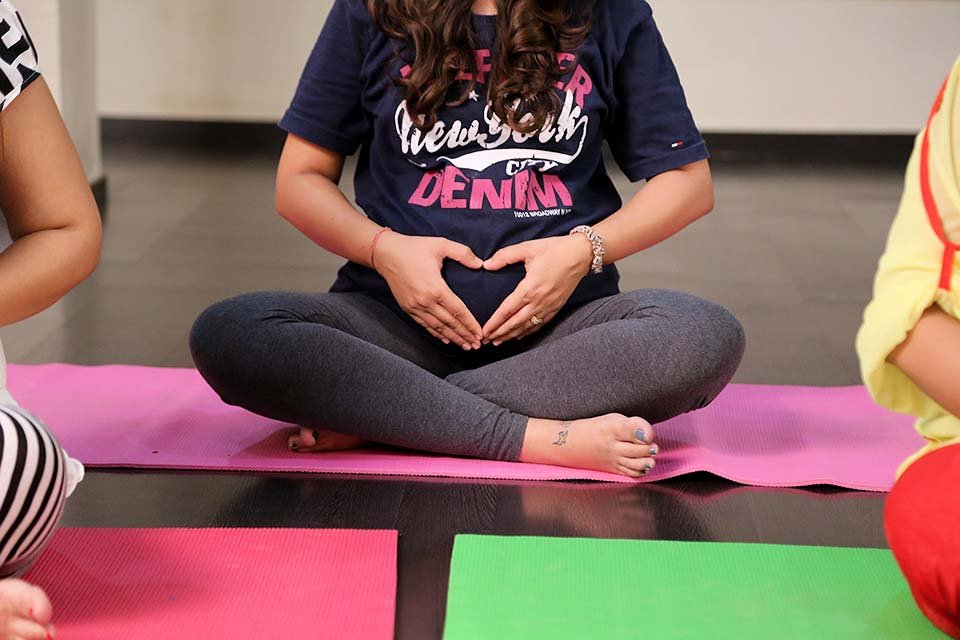Have you ever wondered where your stress accumulates in your body? You might think it’s in your back or neck and shoulders, but there is another crucial area that bears the burden of tension, trauma, and negative energy: your hips.
The hips connect your lower limbs and torso, acting as a highway for fresh energy to flow and toxic tension to leave. Spending hours in a seated posture at a desk, driving, or cycling can make your hamstrings and quadriceps stiff, tight, and weak. Repeatedly staying in the same position without counter-movements weakens the muscles, leading to pain in different parts of the body like the back, knees, ankles, and more.
Yoga offers hip-opening stretches to release physical tension and clear the way for emotional healing, spiritual growth, and connection. In this article, you will discover how hip-opening stretches work, their proven benefits, and daily yoga practices to nurture solid and tension-free.
Anatomy of Hip Openers

Let’s understand a little about how the hips are structured and their function. hips connect to the lower limbs and torso, making them a critical point of position for balance, mobility, and stability of the entire body. If you have knee joint pain, your hips are valuable for taking the pressure off the knees by putting more pressure on the hip joint.
The hip joint is a ball-and-socket joint with the torso and a complex diarthrodial synovial, sacroiliac joint with the spine, providing a wide range of motion (ROM). It’s responsible for your stability when walking or standing and supports your body weight. The ball and socket joint consists of the head of the thigh bone (femur) connected with the acetabulum, which is the socket part of the hip joint. This structure allows for a greater range of motion than other joints such as the hinge joints (elbow or knee). You can perform extension, flexion, abduction, and adduction here.
If your hips are tight, your back muscles like the PSOAS muscle might also be tight. This muscle runs from the lumbar spine through the pelvis to the femur. Tightness in the hips can cause it to go up to the back too. Over time, it will shorten the PSOAS muscle (the largest hip muscle), and that will start to impact everyday functions like walking, sitting, standing, and others.
Therefore, hip mobility is crucial for the safety of the lower back and knees. Loosening up the hips and lubricating them with regular exercises like yoga is hence a vital part of lower body fitness. Practicing yoga will improve your range of motion, posture, and blood flow and strengthen your muscles.
The benefits of yoga stretch for hips
Injury prevention:
Hip openers are an excellent way to release tension and relieve pain in the back and hip area. They stretch and strengthen the muscles, while also providing a massage. By doing so, hip openers can help prevent pain, spinal misalignments, and other long-term damage. To increase mobility and flexibility, it’s essential to open the front, back, and sides of the hips efficiently. Practicing yoga poses for hips can be extremely beneficial for the hip and back, preventing injuries and relieving pain.
Protect hips and knees:
It is important to perform hip-opening asanas correctly and with the guidance of a teacher. The knee is a hinge joint that can only be flexed and extended; it cannot be rotated. The hip, being a ball-and-socket joint, is responsible for rotation, resulting in more pressure on the hips. Yoga for hips can provide much-needed attention and relief.
Yoga hip openers like Frog Pose target the deep muscles of the hips and lower back, reducing discomfort and promoting a happier back and hips.
Increases Flexibility & Mobility:
One of the most notable benefits of practicing hip openers in yoga is a significant increase in flexibility and mobility. The muscles surrounding the hips, such as the hip flexors, adductors, and rotators, tend to become tight due to prolonged sitting or inactive lifestyles. Hip openers gently stretch and release these tight muscles, gradually improving their range of motion.
With regular practice, you will notice increased flexibility and ease of movement in your hips, allowing you to perform more challenging yoga poses without pain or discomfort.
7 Hip Opening Yoga: for Stress Relief and Greater Flexibility
1. Happy Baby Pose (Ananda Balasana)

Happy Baby Pose is an excellent asana for achy hips as it gently stretches and opens the hip muscles. The wide stance targets the hip flexors, adductors, and external rotators, which all work wonders for your flexibility and mobility.
2. Bound angle pose (Baddha Konasana)
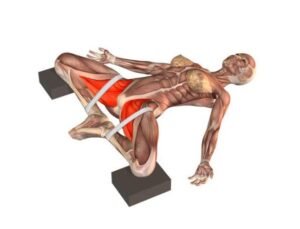
Baddha Konasana is a beginner’s posture that is extremely beneficial in releasing tightness around the hips and lower back. It relaxes the pelvic region and opens up the hips and inner thighs. It also induces blood flow and improves circulation in the abdomen, lower back, and hip region.
3. Lizard Pose (Uttana Pristhasana)

The lizard pose is one of the best hip openers. It provides an intense stretch to the hip region, strengthening and stretching all the muscles. Let go of tightness and tension in the region with this asana. You can also practice variations in this asana to make the stretch more intense.
4. Low lunge
Most tightness is felt around the hip flexors and quadriceps. It is important to give a lot of attention to this area. The low lunge will not only stretch out the hip region but also give your back and thighs a good stretch. Furthermore, it will improve blood circulation and strengthen the muscles.
5. One-legged Pigeon pose (Kapotasana)
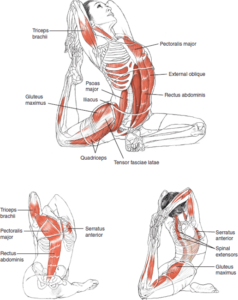
Kapotasana is also a wonderful hip opener. It’s also a very relaxing asana that tends to massage the muscles in the lower back and hip region. Doing a variation, where you bring your forehead close to the mat is a restorative version that relaxes the mind and body while also providing an intense stretch to the muscles.
6. Garland pose (Malasana)

Often known as the yogic squat, this posture increases the blood flow in the abdomen and pelvis and strengthens the pelvic floor muscles. It also opens up the groin and hip region. It also improves hip mobility, flexibility, and stability. It is recommended to stay in the posture for 5-10 breaths and to repeat a few times. It’s also one of the best asanas for women’s health.
How Long Does It Take to Open Tight Hips?
Opening the hips requires regular practice, but it’s crucial to avoid pushing too far. By consistently and mindfully practicing hip-opening exercises, you will see noticeable improvements within about a month.
However, it’s essential to delve deeper into your motivation for wanting to open your hips and assess your lifestyle, including work commitments, other forms of exercise, and any previous exercise-related experiences or injuries.
It’s also important to acknowledge that people possess varying degrees of hip rotation due to differences in bone structure and skeletal shape. So, while progress is certainly achievable, it is vital to recognize and work within your body’s unique capabilities and limitations.


